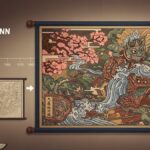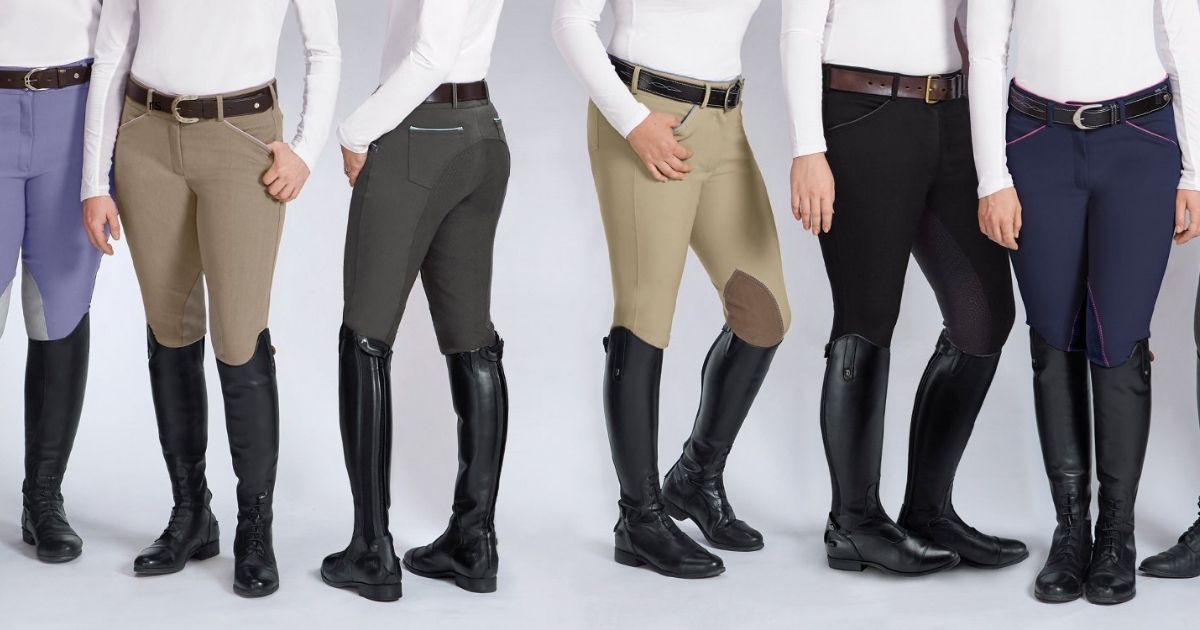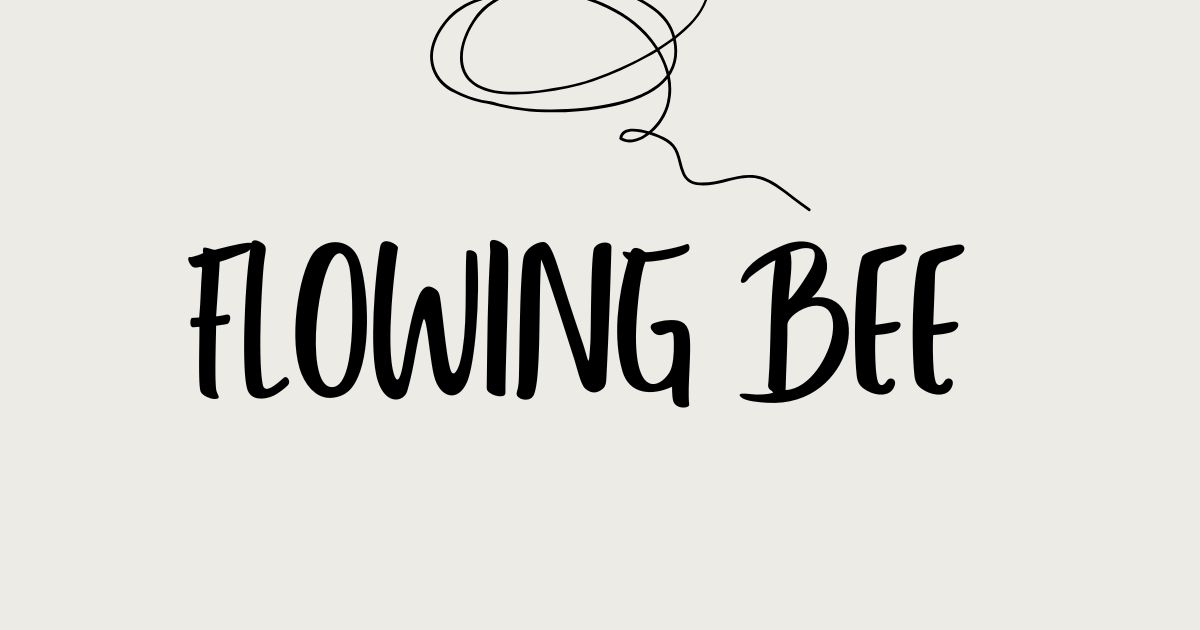Breeches have evolved from a key component of men’s formal attire to a quintessential element in modern equestrian wear. With a rich history spanning centuries, this iconic garment continues to combine style with functionality. In this article, we will explore the origins, development, and present-day significance of breeches, delving into their practical uses and continued relevance. This user-friendly guide will help you understand why they have stood the test of time and remain a popular clothing choice today.
A Brief History of Breeches
They have a long and storied history that dates back to the Renaissance era. Initially, they were designed for practicality, particularly for men involved in outdoor activities like riding and hunting.
In the 16th and 17th centuries, they were commonly worn as part of men’s formal clothing across Europe. At that time, they were often made of heavy fabrics such as wool and velvet, emphasizing wealth and social status. The snug fit below the knee was a deliberate design choice to facilitate easier movement, especially while riding horses, a common activity among the European elite. As fashion evolved, so did the fabric and design of breeches, reflecting the changing tastes and needs of society.
Breeches in the Age of Aristocracy
During the 18th century, They were associated with the upper class. Aristocrats and royalty would wear finely tailored breeches as part of their everyday dress, often accompanied by stockings and elaborate coats.
In this period, they were usually knee-length and were worn tightly around the legs to showcase wealth and elegance. The material choices—silk, satin, and fine wool—reflected the high status of the wearer. They became a symbol of refined tastes and social hierarchy. They were also often embroidered or adorned with lace to create an even more luxurious appearance.
Military Use of Breeches
They weren’t just fashionable; they also had a strong presence in military wear. Soldiers and cavalrymen frequently wore breeches for their practicality and ease of movement during battle.
The design of breeches allowed military personnel to move freely while maintaining the professional appearance that military uniforms demanded. Soldiers wore different versions of these depending on the climate, the terrain, and the rank they held. Cavalry officers, in particular, favored these for riding horses, as the snug fit below the knee ensured that their movements weren’t impeded. This tradition carried well into the 19th century, where military uniforms continued to adopt variations of breeches.
The Evolution of Breeches in the 19th and 20th Centuries
As the 19th century progressed, they slowly began to fall out of everyday fashion, replaced by trousers, which were considered more modern and less restrictive. However, they remained an essential part of specific activities, most notably equestrian sports.
Throughout the 20th century, breeches continued to evolve, with manufacturers using more comfortable fabrics such as cotton and spandex. These new materials made the garment more flexible, allowing for greater freedom of movement, especially in sports like horseback riding. This modern version of these, often referred to as “jodhpurs,” maintained the snug fit below the knee but became even more tailored to the practical needs of athletes and riders.
Breeches in Modern Equestrian Wear
Today, they are synonymous with equestrian sports. Riders across the world wear them for their combination of comfort, style, and practicality.
Modern breeches are typically made from stretchy, breathable materials like cotton blends and elastane, providing a close fit that allows for flexibility while riding. This design ensures the rider’s legs are not restricted while sitting in the saddle or moving with the horse. Some are also come with grip-enhancing patches on the inside of the legs to improve contact between the rider and the saddle, aiding in better control and balance.
They are available in different lengths, with full-length breeches extending to the ankle, while knee-patch breeches end just below the knee. Riders often pair these with tall boots or half chaps for added protection and stability. This modern design continues to reflect the historical purpose of these while embracing the technological advancements in fabric and fit.
The Practical Benefits of Breeches for Riders
One of the main reasons they remain popular among riders is their practical benefits. The snug fit and stretchy fabric provide freedom of movement, allowing riders to perform complex maneuvers without feeling restricted.
Additionally, they offer durability and protection. The padded or reinforced areas in modern they prevent chafing and reduce wear and tear from frequent riding. The tight fit also minimizes the risk of the fabric getting caught in the stirrups or saddle, ensuring safety during rides. These practical aspects, combined with modern design, make these a top choice for professional equestrians and amateurs alike.
Breeches as a Fashion Statement
While primarily worn for riding, they have also found their place in the world of fashion. The unique cut and fit of breeches make them a versatile piece of clothing that can be styled in various ways.
Some designers have experimented with these as part of high fashion collections, blending traditional equestrian style with modern trends. Fashion-forward individuals may incorporate breeches into their wardrobes as a nod to classic, vintage styles. This crossover from functional clothing to fashionable wear highlights the timeless appeal of breeches.
How to Choose the Right Breeches
Choosing the right pair of breeches involves considering several factors, including the type of riding you do, the climate, and your personal preferences.
For those who ride in warmer climates, lightweight, breathable fabrics are ideal, while riders in colder regions may opt for breeches made from thicker materials like fleece-lined cotton. Fit is another crucial aspect; they should be snug without being too tight, allowing for full freedom of movement without discomfort.
Some riders prefer full-seat breeches, which offer more grip in the saddle due to reinforced fabric on the seat and inner thighs. Others may choose knee-patch of these, which offer additional grip around the knee area. Ultimately, the best pair of these will depend on your individual needs and the type of riding you engage in.
Caring for Your Breeches
Proper care is essential to extending the life of your breeches. Most modern breeches can be machine-washed, but it’s important to follow the care instructions on the label to avoid damaging the fabric.
Using a mild detergent and washing your breeches on a cold or gentle cycle can help prevent wear and tear. Air drying them rather than using a dryer will also prolong their lifespan. Additionally, if your breeches feature any grip-enhancing patches, ensure you store them properly to avoid the material losing its effectiveness over time.
Conclusion
They have undergone significant transformations over the centuries, evolving from formal wear for aristocrats to essential sportswear for equestrians. Despite these changes, the core design of breeches has remained the same, offering both style and functionality. Their continued popularity in the equestrian world is a testament to their enduring versatility and practicality. Whether for riding, fashion, or simply as a nod to historical styles, they remain a timeless piece of clothing that shows no sign of going out of style.
FAQs:
What are breeches?
They are a type of close-fitting pants that extend from the waist to just below the knee or ankle. They were historically worn by men for formal and military purposes, and today are most commonly used in equestrian sports.
Why were breeches popular in the past?
They were popular in the 16th to 18th centuries because they allowed ease of movement while riding horses or engaging in other physical activities. They were also a symbol of social status, often made from luxurious fabrics like silk and wool.
Are breeches still worn today?
Yes, they are still widely worn today, particularly in equestrian sports. Modern breeches are made from stretchy, breathable materials and are designed for comfort and mobility during horseback riding.
What are breeches made of?
Historically, they were made from heavy fabrics like wool, velvet, and silk. Today, modern breeches are typically made from flexible materials like cotton blends, spandex, and elastane, which offer both comfort and durability.
What is the difference between breeches and jodhpurs?
Breeches and jodhpurs are both types of riding pants. they end just below the knee and are worn with tall boots, while jodhpurs are longer, extending to the ankle, and are usually worn with short riding boots.
What are full-seat breeches?
Full-seat breeches have additional reinforced fabric on the seat and inner thighs to provide extra grip and stability while riding. This design is particularly useful for dressage riders who require more contact with the saddle.











